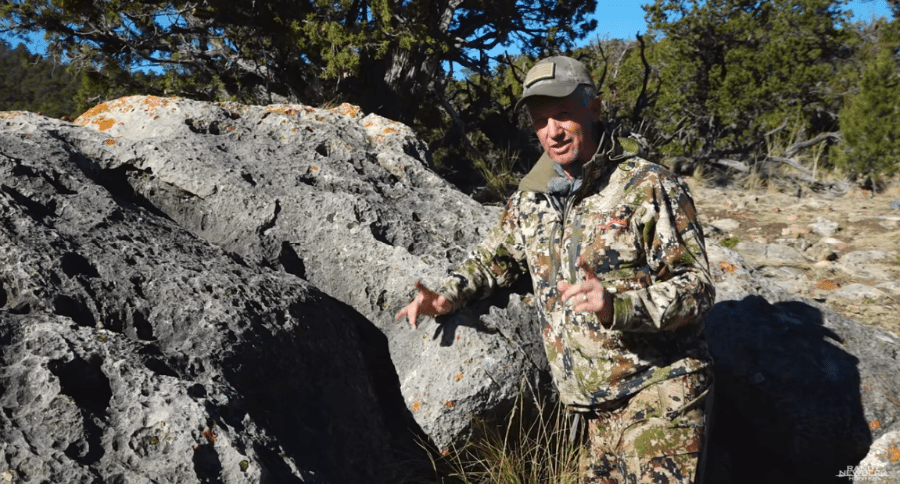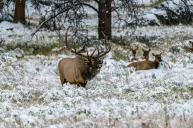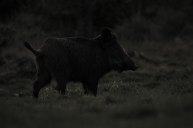If you want to succeed when hunting in hill country, you must be constantly and acutely aware of the thermals.
Knowing how to hunt the thermals in any given area is essential to hunting success. Thermals are basically rising and falling air - they are, in essence, like wind - that can carry your scent to your quarry and bust your hunt. Or you can use them to your advantage to outmaneuver your quarry.
Here's a video by Randy Newberg where he talks about thermals and how they behave in mountainous regions. Newberg is talking specifically about elk hunting in the mountains, and he presents a great demonstration of how thermals operate throughout the day on a mountainside.
Many hunters think that thermals only really apply if you hunt the mountainous regions of the west. Not true. Thermals apply in practically any location where there are hills and gullies, including in the east, the Midwest, and the south.
This fellow points you to several videos where you can actually see how thermals function, via colored "plumes" of air that react to the sun's rays. He nicely covers some of the nuances and pitfalls associated with them as you move across the side of the mountain into and out of the expected thermal wind direction.
Actually seeing just how these plumes of air react and behave should be immensely helpful to hunters. He points to one other video specifically, by The Hunting Public, where the hunter was in a treestand in an only slightly hilly area, and had his scent carried by a thermal to a monster whitetail buck.
The big buck caught his scent and bolted, which just goes to show you how vital it is to be aware of the thermals in areas that aren't necessarily mountainous.
As Newberg says, "You can sometimes fool an elk's eyes [or a mule deer or a whitetail], occasionally you can fool his ear, but you will never fool his nose. You have to pay the wind." And thermals are, essentially, the wind.
It pays to know when and what to expect from them, depending on the terrain you're hunting, and to be constantly checking the wind.
Like what you see here? You can read more great articles by David Smith at his facebook page, Stumpjack Outdoors.
NEXT: The Pros and Cons of Hunting Public Land
WATCH




